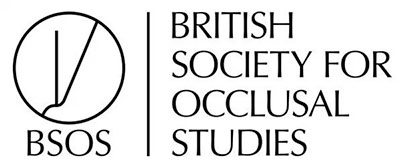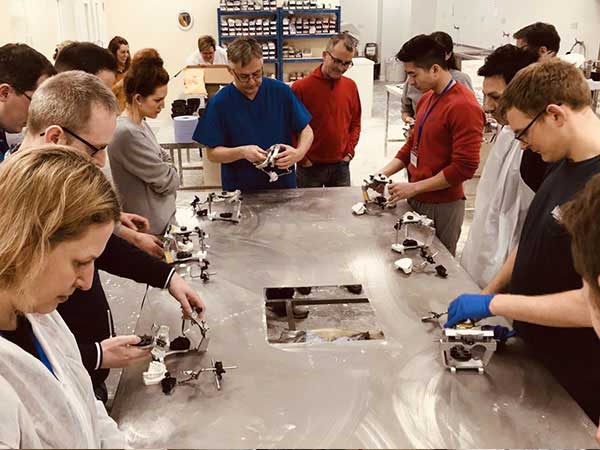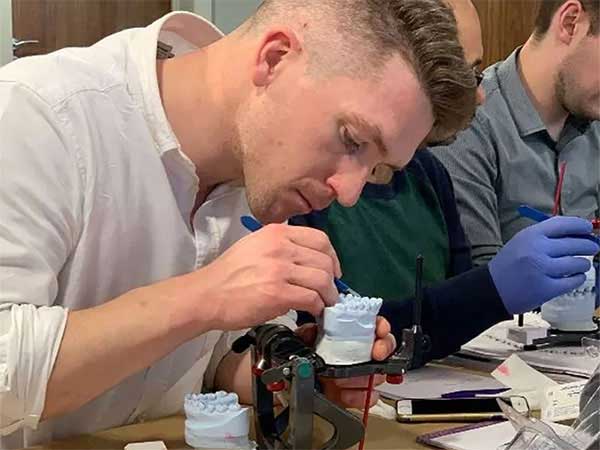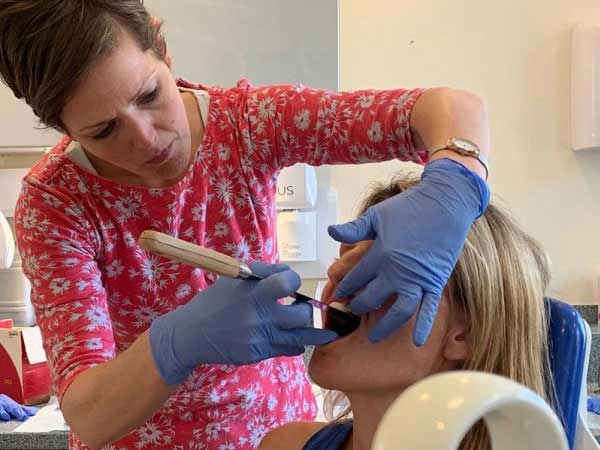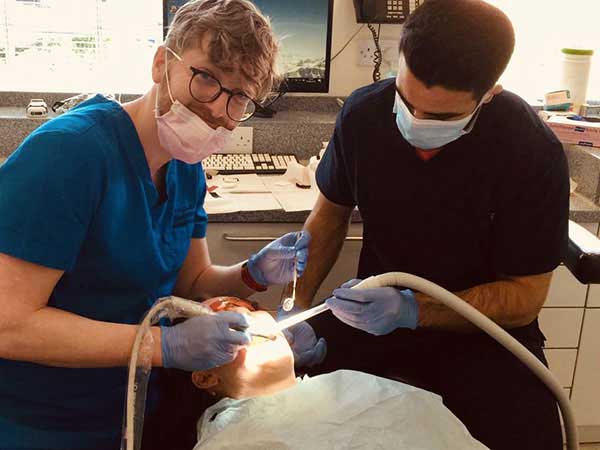Just how should the teeth meet and move over each other?
And, more importantly, does it matter?
Why learn about Dental Occlusion?
Occlusion – it’s a tricky, confusing subject, isn’t it?
Most of us weren’t taught about occlusion (or at least, not well-taught) when we were at Dental School.
Here are some of the things to think about when treating cases:
- Does the patient have an ideal occlusion? What does that mean?
- Does the patient have a stable occlusion? Does it matter
- Are the teeth worn? Why are they worn? Is the patient bruxing?
- Has your patient broken their existing restorations? Do you know why? Will they break yours?
- Are the joints stable – are there clicks, pops, crepitus or other noises and what does it mean for stability and treatment?
- Is there enough space for my restorations and, if not, can I make more space? Can I change the vertical dimension?
- If I crown the last tooth in the arch, will I lose space when I come to fit the crown?
- Do I need a Facebow and bite records? Which ones?
- Should my technician use an articulator? Which type?
- Should I be using Centric Relation or Habit Bite: when is each appropriate?
- Implant Cases: what is the ideal occlusal scheme and how do we achieve it? If I don’t load the implant(s), am I going to overload the other teeth?
- Are there working and/or non-working interferences? Will that cause problems?
- Have the teeth moved because of orthodontic instability or because of adverse occlusal forces?
- Should the patient wear a ‘nightguard’ after treatment? If so, what type should I use?
- Periodontal Cases – Is the occlusion and/or bruxing a secondary a factor in the bone loss?
The British Society for Occlusal Studies offers theory and practical courses to help you understand this difficult subject.
Join us...become a thinking dentist!
